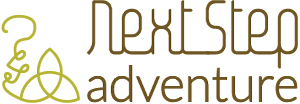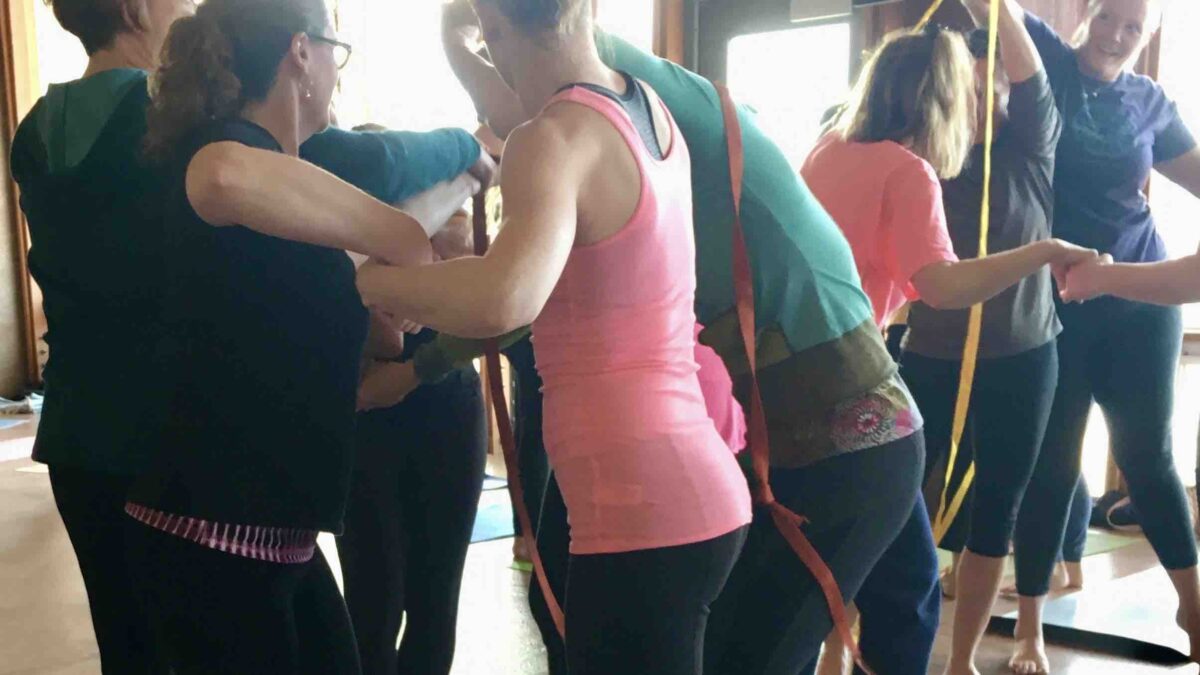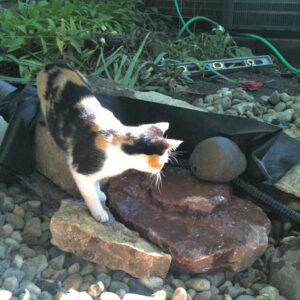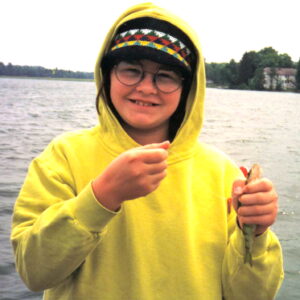Find Refuge
I just applied to make my yard a certified wildlife habitat. I figured I might as well, since the deer have plucked my rosebuds one by one this summer and fall. Really, it’s a small step toward taking better care of the outdoors.
I started the process about three years ago when a group of friends and I removed an extensive pool, deck and pond structure and opened the space to nature. The huge Pin Oak that anchors the space has flourished since then, putting out new growth. I’ve added a perennial border of native plants and shrubs, allowed redbuds, oaks and maples to grow where they will. I’ve composted for a while, raised a bit of food and most recently installed a rain garden with the help of my friend Anne, the Iowa Garden Coach.
It’s really turned the back yard into a refuge, not just for the critters, but for me and my friends. I hope you’ll take some actions to make the world a little greener; here are some suggestions–
- Take this “Outdoor Bill of Rights” Survey to help the Iowa Department of Natural Resources develop their agenda for getting children and youth opportunities to spend time outdoors.
- Parents–Check out “Be Out There” at the National Wildlife Federation’s Web site, especially the resources for taking kids outside including Why kids need to play outside
- The Next Step team was involved in creating this online resource for exploring Iowa–99 Parks Family Fun Guide
- See what it would take to create a wildlife refuge at your school.












